June 18, 2025 | 21:53 GMT +7
June 18, 2025 | 21:53 GMT +7
Hotline: 0913.378.918
June 18, 2025 | 21:53 GMT +7
Hotline: 0913.378.918
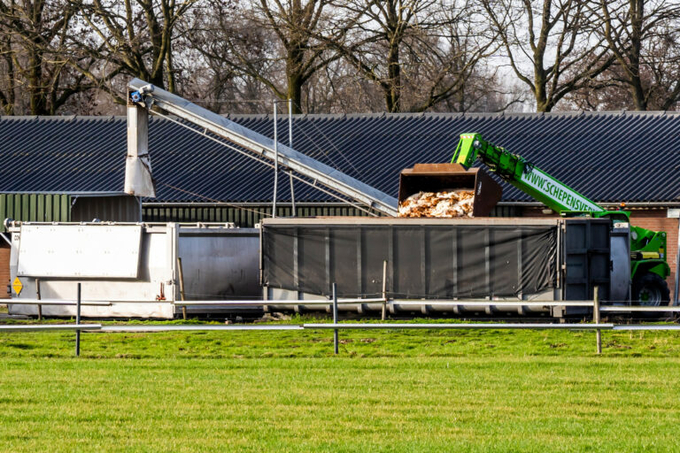
Bird flu was detected at a layer farm in the Netherlands. Photo: Bert Jansen.
Authorities all over Europe warn that the risk of highly pathogenic avian influenza (HPAI) is rapidly increasing and that maximum vigilance is strictly necessary at all poultry farms.
Austria has already culled 200,000 birds
Austria, for example, has recently been hit by a large outbreak of HPAI, which led to the culling of over 200,000 birds. Health authorities even had to call in the army to assist at the operation. Soldiers also helped construct biosecurity locks so that vehicles at the infected farm could be thoroughly cleaned to prevent further spreading of the virus. The department of health and social affairs in Vienna immediately raised the risk level to high for the whole country.
France reports outbreaks in vaccinated commercial flocks
In the last few weeks, France has reported 1 outbreak of HPAI H5 in a flock of 51,000 birds in Morbihan, another one in a farm of 7,500 vaccinated ducks (2 doses) in the foie gras sector, and one in a farm of 30,000 vaccinated ducks (1 dose) in the meat sector. In total, the country has declared 6 poultry outbreaks, 2 captive bird outbreaks and 10 wild cases since the start of the season.
France carried out a vaccination campaign from 1 October 2023 to 30 September 2024. From 1 October 2024, the campaign of compulsory vaccination will continue under the same strategy, the department of agriculture said. In this context, France aims to provide everyone with all the necessary information to understand the vaccination plan.
Germany reports bird flu in various bird species
Following the first outbreaks in Bavaria in the south of Germany in a goose premises and a mixed species web-footed premises at the end of October, further outbreak of HPAI H5 were reported in the same state in a mixed poultry premises housing turkeys, chickens, ducks and geese (TSIS).
UK free-range farm confirms outbreak
In the United Kingdom, a first case of HPAI H5 in commercial poultry was discovered on 5 November at a free-range layer farm housing 20,000 chickens in East Yorkshire, directly at the North Sea coast. That was the first confirmed HPAI H5-infected premises in the country since mid-February 2024. All bird keepers in Great Britain are urged to remain vigilant and take action to protect their birds following a further increase in the avian influenza risk levels, the Department for the Environment, Food and Rural Affairs (Defra) said. The risk level where good biosecurity is consistently applied at all times remains assessed as low with low uncertainty and the risk level in wild birds remains assessed as high.
Hungary reports 30 outbreaks in 1 week
An updated assessment of Defra shows that there are now cases in almost all other European countries. Hungary have seen a sharp increase in poultry outbreaks of HPAI H5N1, with 30 outbreaks reported in the first week of November alone. The outbreaks are clustered in the south, a dense area for poultry production, as well as in the east of the country. The majority of these 30 outbreaks affected the foie-gras sector with 21 in foie-gras ducks and 3 in foie gras goose premises.
Bulgaria and Italy
In Bulgaria, a vaccination plan as well as a re-organisation of the duck sector are ongoing after earlier AI outbreaks. Italy recently reported 2 outbreaks in backyard poultry holdings in the north of the country.
Read updates and more information about the avian influenza situation around the world here.
Ireland highlights increasing risk
Ireland has so far not reported any outbreaks. The minister for agriculture nevertheless has warned of an increased risk to poultry flocks of an avian influenza incursion: “In recent weeks, there have been numerous outbreaks of avian influenza in poultry flocks across Europe. These outbreaks have been caused by the highly pathogenic H5N1 strain of the virus. In addition, there have been a number of cases of the H5N5 avian influenza virus detected in wild birds in Great Britain this autumn. While we have not detected any such cases in Irish poultry or wild birds this year, the risk is now increasing. This is because wild birds are now migrating for the winter, while the colder temperatures and shorter daylight hours mean any avian influenza virus spread into the environment by infected wild birds can survive for longer.”
Wild bird populations
The British Defra department also gives additional information about the wildly published figures for cases in wild bird. It is important to note that these surveillance figures – in this case for Great Britain – are based on passive surveillance of found dead birds reported to Defra by the general public and as such, may be affected by several factors. These include frequency of visitors accessing areas with bird populations, the potential for immunity in the wild bird population (which may result in fewer birds developing clinical disease and or dying with HPAI), variable surveillance system sensitivity, as well as the size, location and accessibility of carcasses, meaning that this wild bird surveillance does not necessarily capture all of the cases that occur.
(Poultryworld)
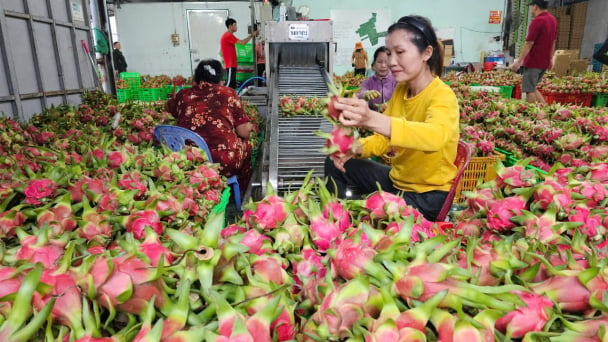
(VAN) According to the Binh Thuan Department of Industry and Trade, in the first five months of 2025, Binh Thuan's dragon fruit export turnover increased by 20.65% compared to the same period last year.
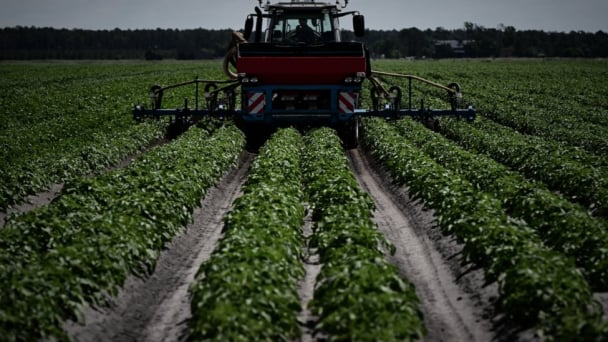
(VAN) EU countries on Thursday gave final approval to new tariffs on fertilizer imports from Russia, a move aimed at cutting off revenue that could support Moscow’s war in Ukraine, despite concerns from European farmers.

(VAN) The working delegation from the Ministry of Agriculture and Environment conducted an important trip to the Netherlands to strengthen strategic partnerships and sustainable development in the agricultural sector.
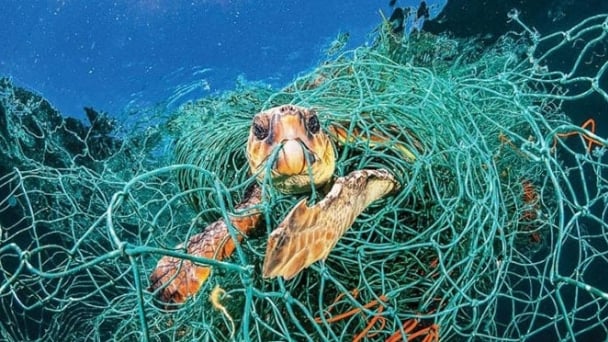
(VAN) The letter ‘A Plea from the Ocean’ not only evokes emotion but also awakens the human conscience to the responsibility of protecting life on Earth.
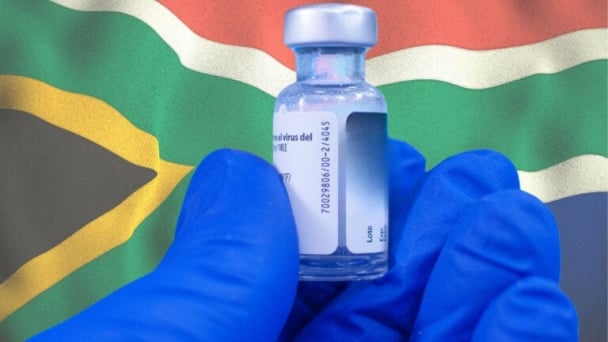
(VAN) The Department of Agriculture in South Africa has announced the country’s first mass vaccination of poultry to prevent local birds from contracting avian influenza.

(VAN) Establishment of the Mekong Delta Regional Agricultural Linkage Center, aiming for a closed value chain, deep processing, trading platforms, and international market connectivity.

(VAN) Gia Lai province has recently recorded 460 rare species of animals and plants, contributing to forest conservation and biodiversity planning in the region.